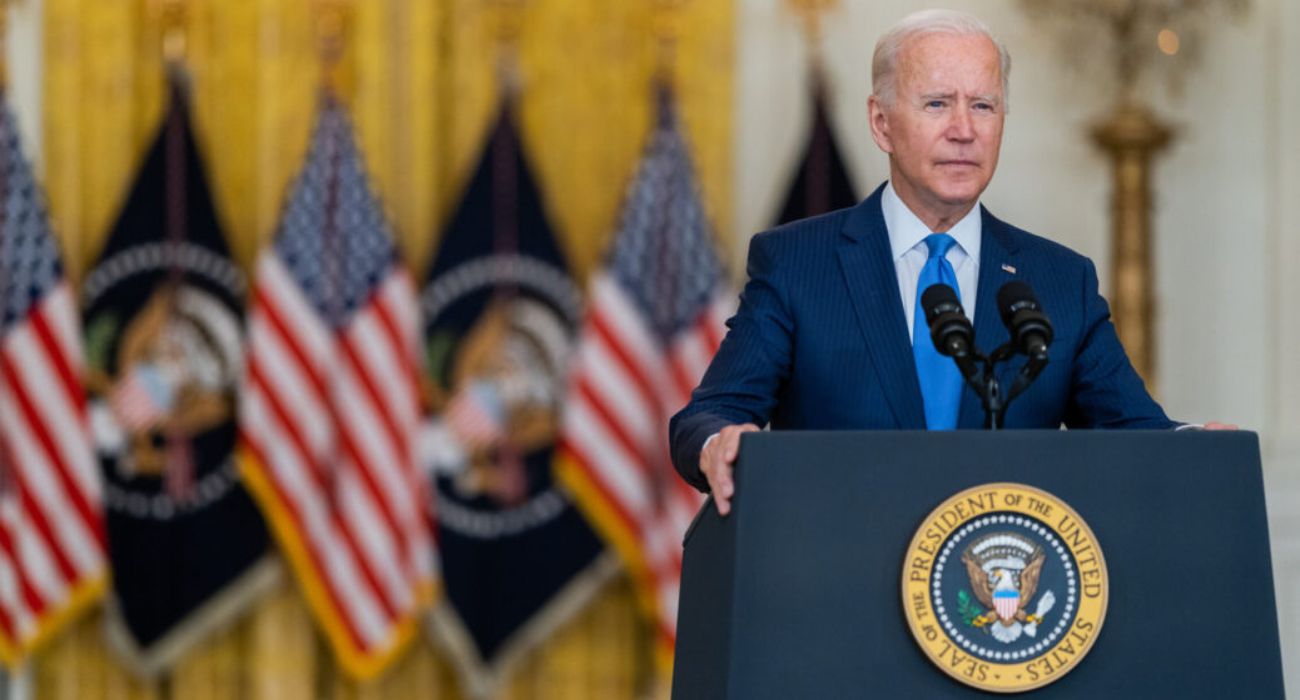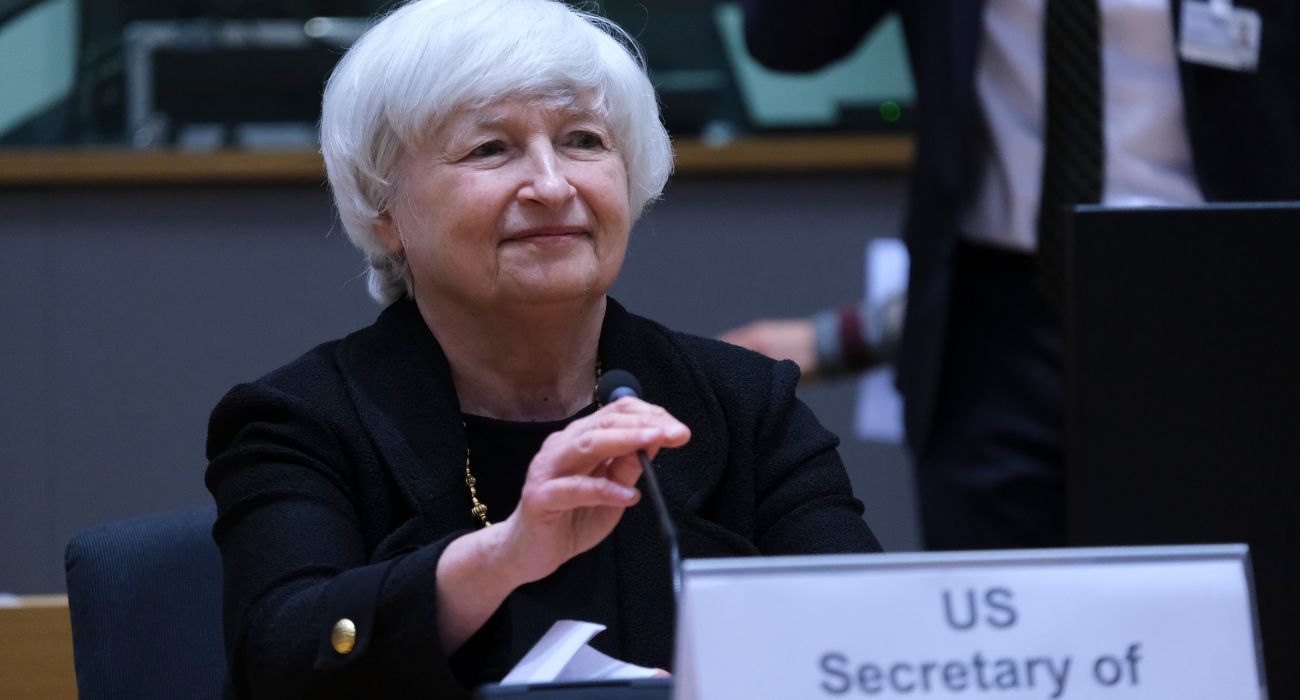President Joe Biden hosted a conference at the White House on Tuesday, focused on ending hunger and diet-related disease in the United States by 2030, only eight years away.
The conference, the first of its kind since President Nixon hosted one in 1969, is officially labeled the “White House Conference on Hunger, Nutrition, and Health” and is billed as a “gathering of elected officials; advocates and activists; and leaders of business, faith, and philanthropy across America.”
The backdrop to the official gathering of individuals from both the public and private sector is a 44-page document released by the White House titled “Biden-Harris Administration National Strategy on Hunger, Nutrition, and Health.”
Concerned with addressing the issues of hunger and diet-related diseases, such as diabetes, heart disease, and certain cancers, the president considers the conference a “playbook to meet this vital goal” and said, “It calls for a whole-of-government and whole-of-America approach.”
With the prospect of securing federal funding through Congress for his plan likely dim, Biden has turned to the private sector for support.
White House officials claim to have secured $8 billion in pledges from more than 100 organizations, ranging from hospitals to tech companies and even the food industry.
“All have committed to bold and, in some cases, paradigm-shifting commitments that will meaningfully improve nutrition, promote physical activity, and reduce hunger and diet-related disease over the next seven years,” a White House official said.
Some big names in the private sector that have pledged support include GE and Cisco. The National Restaurant Association has pledged to expand a project it currently runs to support better choices by children eating at member eateries, including fast-food chains like Burger King.
To address hunger across the United States, the Biden plan calls for expanding school meals to all students, providing meals to children through public schools even during the summer months, and allowing previously incarcerated individuals and college students to enroll for food stamps.
Many of these ideas would require legislation to pass through Congress.
In addition to these ideas, the White House is pushing Congress to pass legislation supporting pilot programs that would pay for “medically tailored meals” for people who are on Medicare. It is an embrace of the belief that food itself has a role to play in medicine, an idea promoted by groups like the Food is Medicine Coalition.
Other ideas being floated by the Biden administration include moving nutrition fact information from the back of food packaging to the front and making changes to assist in the quick identification of healthier foods.
In their “playbook” document on this topic, the Biden administration wrote: “[The Food and Drug Administration] will conduct research and propose developing a standardized [front-of-packaging] labeling system for food packages to help consumers, particularly those with lower nutrition literacy, quickly and easily identify foods that are part of a healthy eating pattern.”
The plan also called for increased incentives for purchasing fresh fruit and vegetables with food stamps, facilitating lower sodium and sugar consumption, and addressing the marketing of food and beverages deemed “unhealthy.”
The executive summary of this plan released by the White House stated, “The federal government cannot end hunger and reduce diet-related diseases alone. The private sector; state, Tribal, local, and territory governments; academia; and nonprofit and community groups must act as well.”
While Biden has celebrated the moment, his work is just getting started in order for him to secure Congressional funding and legislation enacting many of these proposed changes.
With a midterm election just weeks away, the prospects of this plan succeeding will become more apparent after the voters send a new Congress to Washington in January 2023, which will likely determine whether the president’s first-term agenda is accomplishable.






